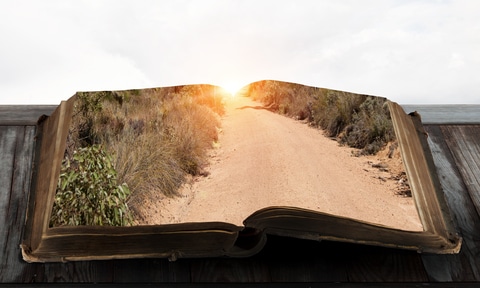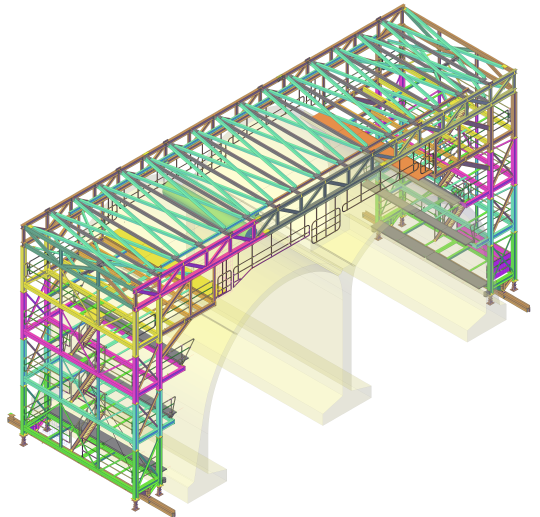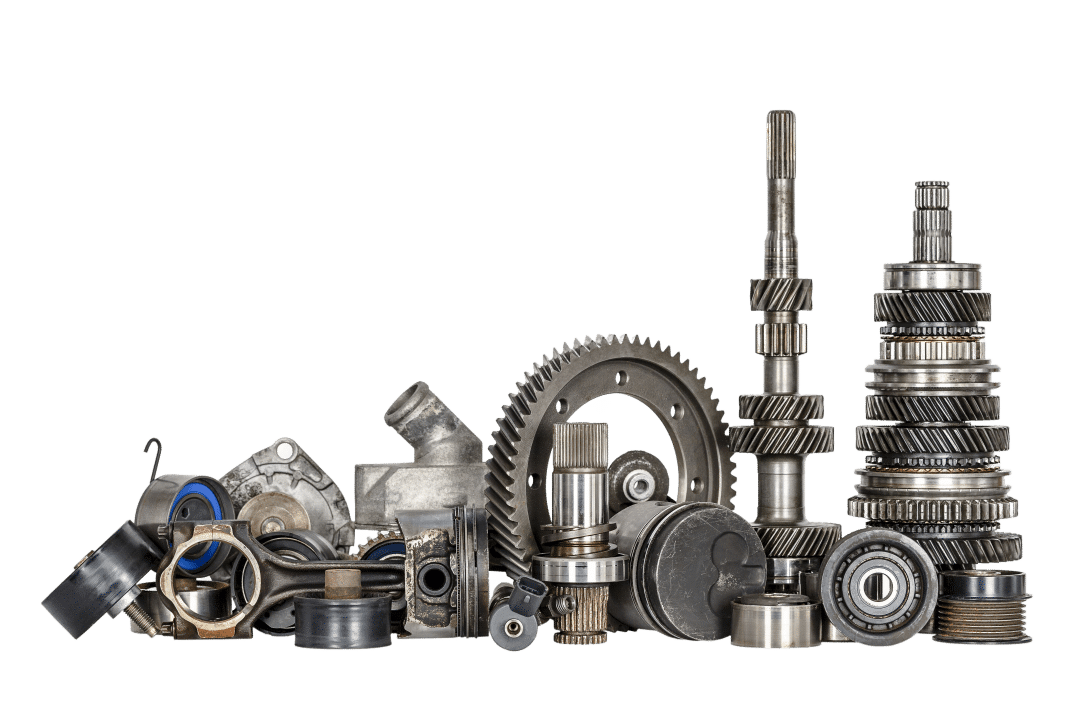The marketing professional and product manager’s dream – to create the perfect product image, in an ideal backdrop, that shows it off to best effect.
However, they’re not the only business people who need quality imagery to meet their aims and objectives. A photo is worth a thousand words to someone who manages complex machinery, remote sites or hazardous situations.
Large budgets and considerable timescales can be invested in studio or location photography to capture the essence of products, services, installations or destinations. Then, more resources will inevitably go into working on the imagery digitally to make it the “picture of perfection”.
What many business decision makers are beginning to realise is that there is an invaluable shortcut. One that could save a great deal of time and money in positioning new products, and checking, planning and rehearsing a vast range of locations, systems and structures.
You simply need to commission photorealistic images from experts in 3D rendering and animation.
Value for marketing and engagement compared to photography
The visual presentation of products is everything. Particularly as image sharing is now part of everyday life. All the major social media players are searching for new and more innovative ways to encourage users to post and share imagery.
Photos and videos are now the currency of communication. Having them fully in your control is a powerful tool.
It’s particularly true if your company operates in the global marketplace. The best photographs or photorealistic renderings cross language barriers. They need no explanation or translation.
Rendering & Animation: advantages over photography
With all this in mind, it sounds like you need to spend more time – and money – than ever staging the perfect photograph. Not necessarily.
Commissioning the production of photorealistic images via cutting edge rendering techniques, gives you far more control over the finished photograph or animation.
You can create cutaways for example, experiment with angles and show the product in action, far more easily than you could in a photography studio or via video.
Nor will the 3D and photorealistic images you produce in this way present colour cast problems. The software eradicates all concerns about balance, exposure and accuracy.
There will be no additional retouching costs, because the photorealistic image starts life exactly how you want it to appear.
Forget having to wait for perfect weather conditions and the right time of day to successfully complete outdoor photography. Need a sunset or a storm as a backdrop? No problem. This also means that even if your budget doesn’t stretch to a photoshoot for your product in Africa or on a Caribbean beach, it doesn’t matter, as that too can be created by commissioning professional rendering and animation.
Your structure, product, location or activity can be captured in all its splendour, anytime of the day, thanks to the skills of a professional rendering and animation team.
3D visualisation for compliance and control
There is another vital application for photorealistic imagery– it provides invaluable insights and training tools for anyone who monitors, manages and measures structures and locations.
The transport industry is the perfect example of how this works.
Of course, you could show trainee or newly assigned drivers the delivery location in photographs.
But instead, some firms are using 3D renderings and animations to train, up-skill and inform drivers. They use 3D and photo realistic imagery to give them the opportunity to rehearse driving in and around key locations. This reduces the likelihood of both delays and accidents when they come to the real situation.
Business and industry is under ever increasing pressure on compliance. With 3D renderings and animation, you can keep a close eye on your business, remotely, including gathering photorealistic imagery to evidence business functions, machinery and facilities.
Imagery in those hard to reach places – drones
Drones fitted with 3D scanning equipment are making it possible to produce photorealistic imagery for items and places that are impossible to photograph properly using traditional techniques.
This includes, for example, creating 3D imagery of ships out at sea, hovering over major production lines and travelling around buildings and structures such as monuments espanolfarm.com.
The days are not far off when technology and the skills of 3D rendering will make it possible to study, present, plan and control anything, situated in any part of the globe.
If you need more convincing that your company could benefit from 3D rendering…
If you still need more convincing that images from rendering and animation are more versatile, cost effective and controllable than traditional photography, give us a call.
This is a subject we are passionate about at Restoric Design. We would be happy to discuss the business benefits and comparative costs for your organisation and its aims.



